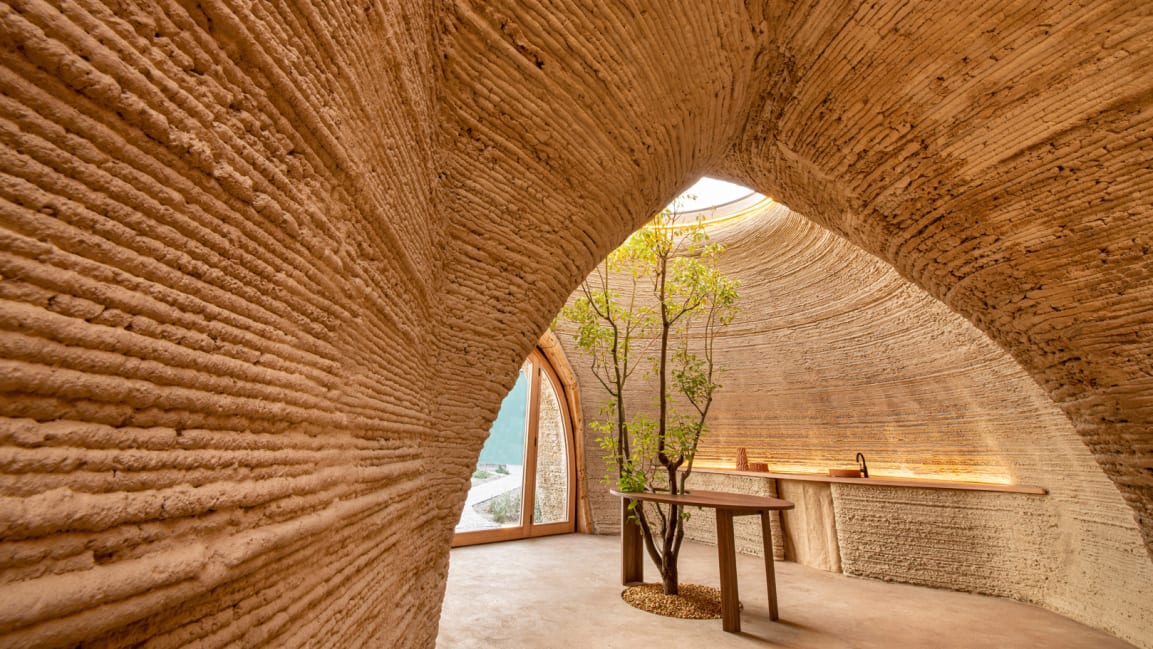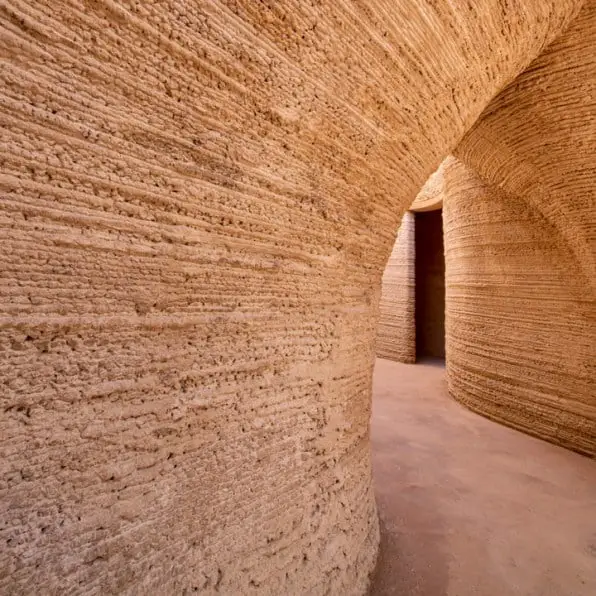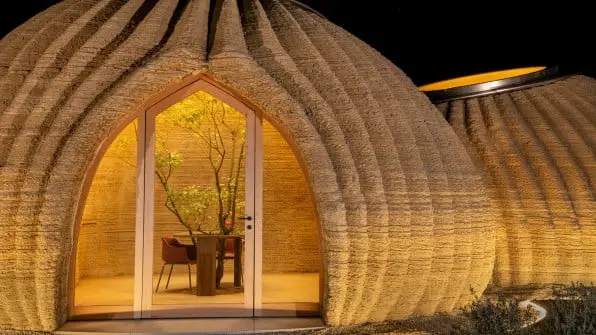3D printed house TECLA is a significant sustainable housing solution and it might be a trending direction for the sector. Undoubtedly, one of the great advances in technology in recent times is the creation of various elements that have been created thanks to 3D printers.
These left a lot of utilities that can be applied in hundreds of different fields: urban planning, the recreation of classic masterpieces, and even autonomous respirators to fight against coronavirus.
These types of projects became a tool that is booming and expanding and all its virtues can be seen reflected in the creative ideas that maximize its functionality.
Sustainable housing: Meet 3D printed house TECLA
An Italian architectural firm saw all this potential and began experimenting with creating more economical houses by using the local soil of an area as a cheap and readily available building material.

Over the past few weeks, several 3D printers slowly deposited layers of dome-shaped soil in the city of Ravenna, Italy, to create a perfectly habitable place they called Tecla, Technology and Clay.
Mario Cucinella, the founder of the architectural firm of the same name that carried out the project, makes it clear how the idea came about: “There’s a long history of architecture made by mud, like adobe.” He is also clear that it is a combination that can “reduce the ecological footprint is not only about high tech, but a mix between new tools and an old material.”
On the other hand, most companies rely heavily on concrete as a primary material, but this material has a very high environmental footprint. By using what comes directly from the earth, you can avoid environmental impacts and also reduce transportation.
“We can send only the machine, which is very light and simple, and then analyze the soil and use the local material,” the founder of TECLA says.
On the other hand, the construction process of these houses is very simple. The machine digs by removing stones and then mixes soil, water, and rice husks in a concrete mixer to form the walls.

The house is about 196 square meters and took about 200 hours to print, although he assures that the process will be much faster in the future.
In addition, he is clear that the vaulted shape of the construction makes it very strong and is able to provide insulation. The best part is that it has a skylight at the top so that during the day there is no need for any additional light source.
“The idea is not to have the same house everywhere, because the machine can print any kind of house,” TECLA’s founder said.





